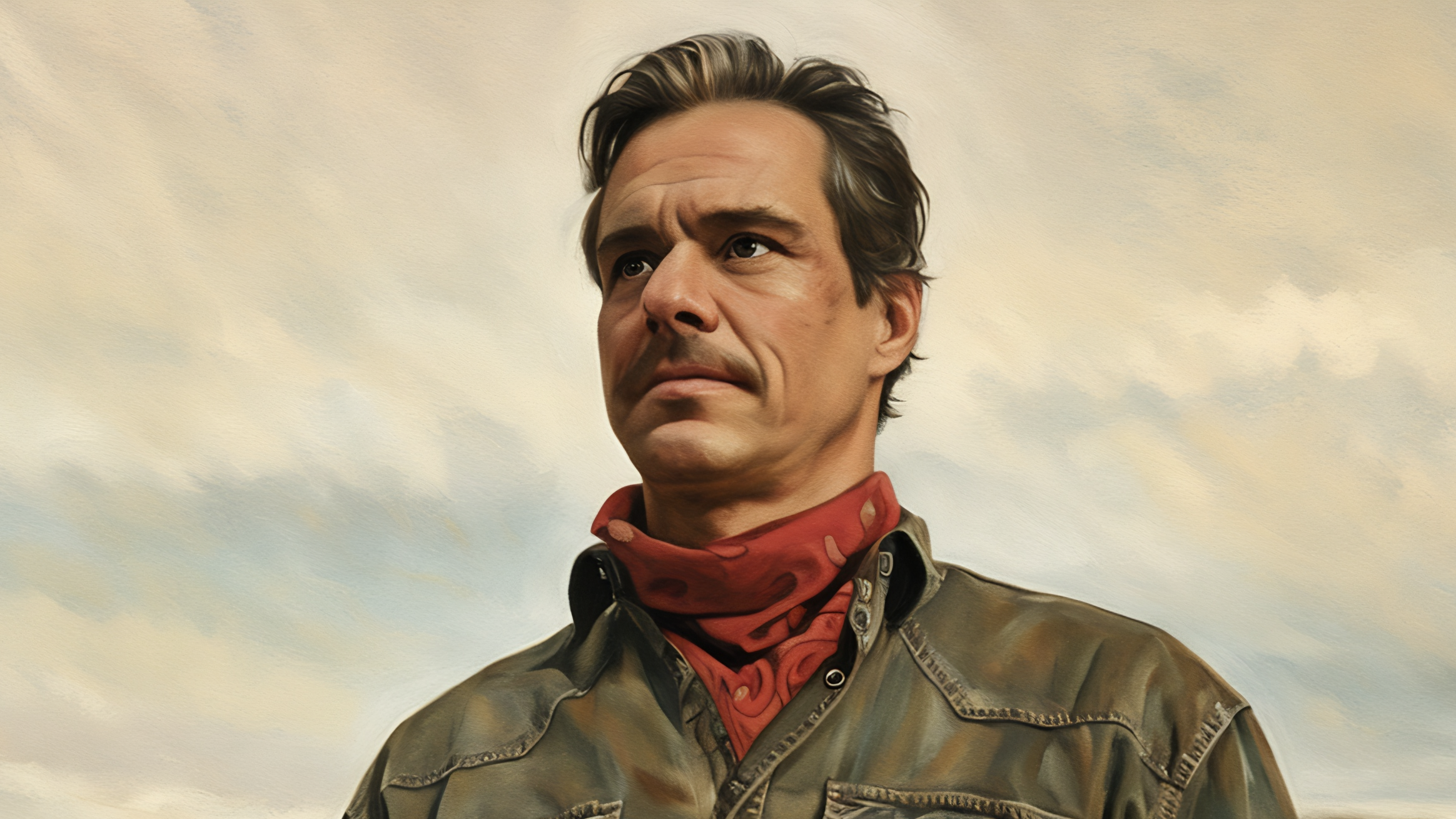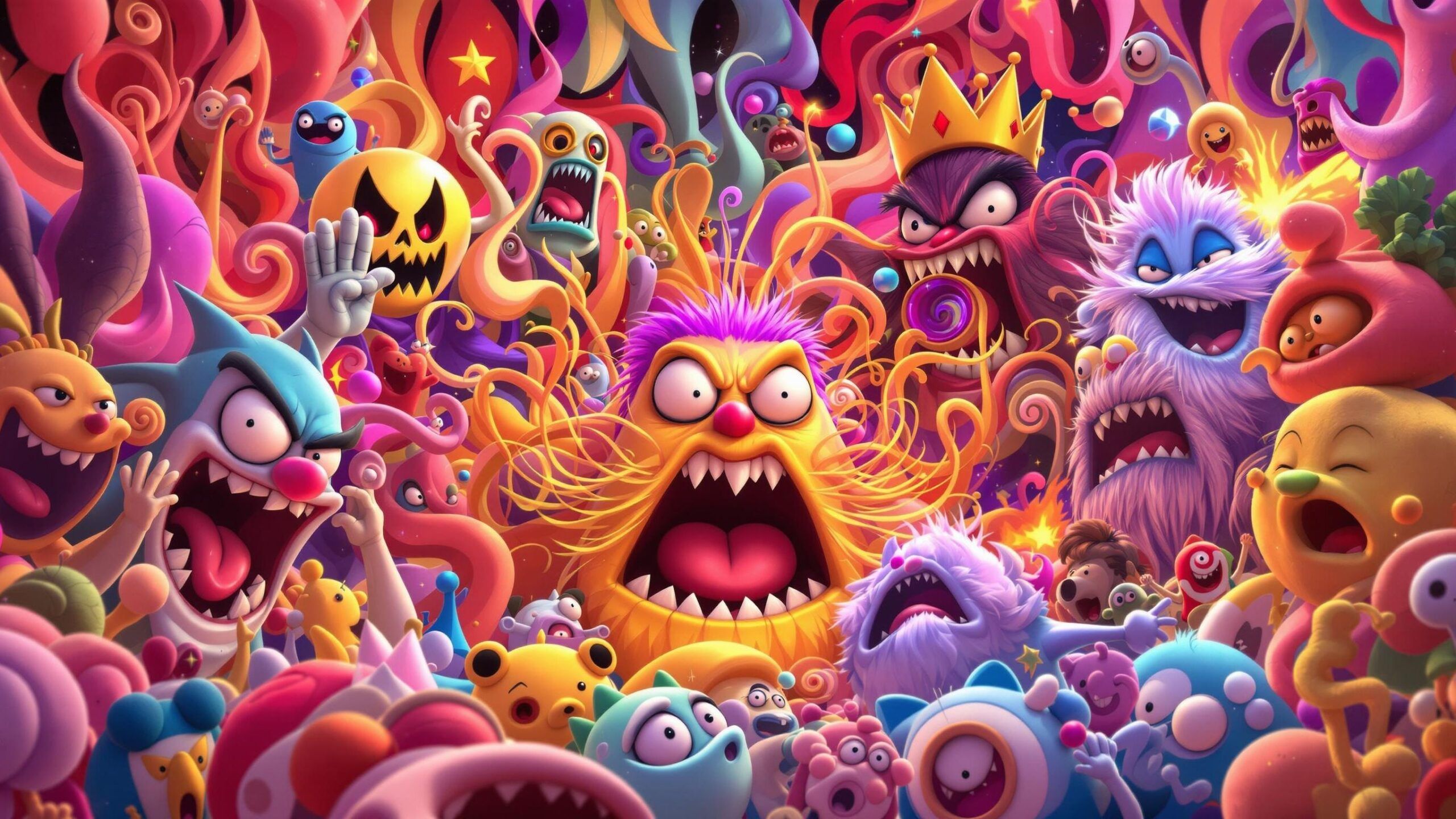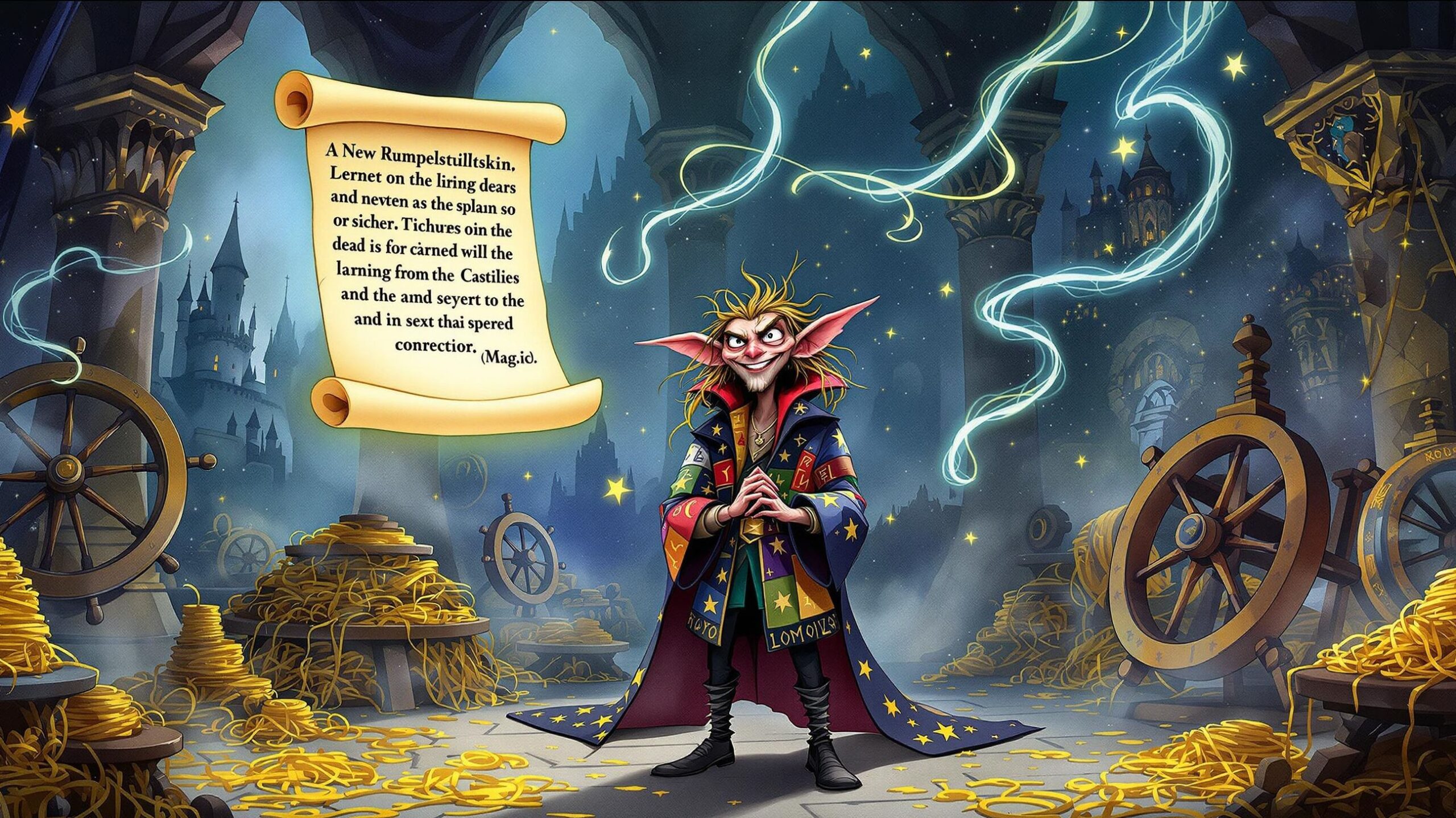Lalo Salamanca didn’t just walk into Better Call Saul—he exploded into it. Introduced as the charming yet unpredictable member of the Salamanca cartel, Lalo quickly proved that he was a different breed of villain altogether. Where Tuco was chaotic and Hector was brutal, Lalo combined cold-blooded violence with charisma and intelligence, making him one of the most terrifying characters in the Breaking Bad universe. He smiled while he killed, made jokes while orchestrating hits, and operated with the slick confidence of a man who always knew he was the smartest—and deadliest—person in the room. These are the top 10 most ruthless moves by Lalo Salamanca, ranked by just how cold, calculated, and terrifying they were.
#10: Smiling While Intimidating Gus’s Men at Los Pollos Hermanos
When Lalo casually strolls into Los Pollos Hermanos under the guise of being a curious customer, it’s a textbook example of psychological warfare. He knows who Gus is. He knows what the restaurant really is. But instead of confronting him directly, Lalo plays the role of the polite, talkative guest. He grills the staff with disarming friendliness, asks for a tour, and even pretends to admire the fryer. But beneath the charm is a clear message: I see you, and I’m watching. It’s the kind of passive-aggressive power move that defines Lalo’s style—he doesn’t need to scream or pull a gun to make people sweat. What makes this moment so ruthless is how Lalo weaponizes his likability. He knows exactly how unsettling it is for someone to act friendly while threatening your entire operation. The staff, though unarmed and out of the loop, pick up on the tension. And the audience does too. Lalo doesn’t just want to make his presence known—he wants Gus to know that his empire isn’t as impenetrable as he thinks. It’s not a hit, it’s not a shootout, but it’s still an attack—one of the mental and emotional kind, served with a smile and a side of salsa.
#9: Sending Nacho to Spy on Gus—Then Threatening His Father
Lalo’s ability to manipulate people is as frightening as his ability to kill them. When he coerces Nacho Varga into becoming his inside man within Gus Fring’s organization, he does it with a mix of false friendship and very real threats. Lalo treats Nacho like a trusted confidante, giving him missions, inviting him into his inner circle. But the moment Nacho hesitates or fails to please him, Lalo reminds him exactly who’s in control—by threatening the life of Nacho’s father, Manuel. This move is particularly ruthless because it turns Nacho’s love for his father into a leash. Lalo doesn’t yell or make a show of dominance—instead, he calmly, almost casually, suggests what could happen if Manuel doesn’t cooperate. The cruelty lies in the subtlety. Lalo doesn’t just hurt people. He infects them with fear and forces them to hurt themselves. For Nacho, every lie he tells Gus, every secret he hides, is done with a gun metaphorically pointed at his father’s head. And for Lalo, it’s all just business. His willingness to use innocent people as pawns makes it clear: anyone close to you becomes a target when you cross him.
#8: Killing the Travel Wire Clerk Without Hesitation
In one of Lalo’s most cold-blooded acts, he tracks Mike’s activities to a modest supply store called Travel Wire. The clerk, a mild-mannered man just doing his job, cooperates with Lalo’s questions—but he’s not cautious enough. As soon as Lalo gets the information he needs, he casually shoots the man in the face. No buildup, no dramatics—just a clean, efficient kill. The ruthlessness here is in the ease of it. Lalo doesn’t seem to derive pleasure from the murder, but he also doesn’t show a hint of remorse. It’s simply part of the job. This scene crystallizes just how dangerous he is. Not because he’s chaotic, but because he sees human life as transactional. If you’re in the way, you’re done. And if you’re helpful? You’re still probably done. The Travel Wire clerk never stood a chance, and that realization sends chills down viewers’ spines. It’s a reminder that with Lalo, no one—not even civilians—are safe.
#7: Tricking Kim and Jimmy into Defending Him in Court
Lalo’s ability to twist people into his personal tools reaches new levels when he manipulates Jimmy (Saul Goodman) and Kim Wexler into getting him released from jail. Facing murder charges, Lalo insists on using Jimmy as his lawyer, knowing full well that Jimmy’s moral compass can be swayed for the right price. But what really makes this move ruthless is how he involves Kim. When Kim confronts Lalo, standing up to him with righteous fury, Lalo listens silently—and then decides to use that same passion against her. He knows Kim’s no fool, but he also knows she’s too protective of Jimmy to let him suffer. By putting them both in his orbit, he turns their relationship into leverage. He even manipulates Jimmy into picking up $7 million in bail from the desert, a task so dangerous it nearly kills him. But Lalo doesn’t care. For him, Jimmy and Kim are tools—useful, but expendable. That’s the essence of his ruthlessness. He doesn’t have to kill to destroy. Sometimes, he just needs to smile and let others walk into the fire for him.
#6: Forcing Jimmy to Retrieve $7 Million in Bail Money from the Desert
Lalo doesn’t just ask Jimmy to pick up his $7 million bail—he insists. And in doing so, he puts Jimmy in mortal danger without blinking. This move is ruthlessly brilliant because it works on multiple levels. First, it’s a loyalty test. Lalo wants to see if Jimmy is willing to suffer for the Salamanca name. Second, it’s a calculated act of cruelty masked as a favor. By making a civilian like Jimmy take on such a dangerous mission, Lalo ensures that if anything goes wrong, it won’t lead back to him. And when things do go wrong—Jimmy is ambushed in the desert, nearly killed, and left psychologically shattered—Lalo’s reaction is infuriatingly casual. He’s not grateful. He’s amused. He doesn’t ask Jimmy how he’s doing. He asks how the money looks. This moment is a turning point for Jimmy, but it’s an even clearer revelation of who Lalo is a man who sees suffering as a transaction. He doesn’t need a gun to leave a scar. He sends you into the desert, and the trauma does the work for him. The fact that Jimmy survives doesn’t impress Lalo—it just means he can use him again. And that’s terrifying.
#5: Confronting Jimmy and Kim in Their Apartment
After his release, Lalo decides to visit Jimmy and Kim at home—uninvited, unannounced, and completely unpredictable. What unfolds is one of the tensest scenes in the entire series. Lalo, casual but coiled like a snake, interrogates Jimmy about what really happened in the desert. He doesn’t yell. He doesn’t threaten. He simply stares, asks questions, and lets the silence do the heavy lifting. Kim, sensing danger, steps in and defends Jimmy, confronting Lalo with fearless logic and passion. But viewers know that logic doesn’t matter to someone like Lalo. The horror of this scene lies in the tightrope Jimmy and Kim are forced to walk. One wrong word, one sign of weakness, and Lalo could snap. He’s not there to talk—he’s there to evaluate. And the fact that he eventually leaves, smiling, doesn’t make it better. It makes it worse. Because when a man like Lalo walks away, it’s not out of mercy—it’s because he has plans. The invasion of their home is more than a scare tactic—it’s a message: I can reach you anywhere, anytime. It’s psychological warfare at its finest, and Lalo plays it like a virtuoso.
#4: Faking His Own Death to Hunt Gus
In one of Lalo’s most cunning and ruthless moves, he fakes his own death after surviving an ambush orchestrated by Gus Fring. Instead of running or retaliating immediately, Lalo disappears, allowing the cartel—and even Gus—to believe he’s dead. It’s a masterstroke of deception. By killing a look-alike and burning the body beyond recognition, he tricks everyone into letting their guard down. While the world believes Lalo is gone, he’s quietly gathering intel, plotting revenge, and preparing to strike. What makes this move so ruthless isn’t just the brilliance of the plan—it’s the patience. Most villains react. Lalo plots. He doesn’t want to just fight Gus. He wants to expose and dismantle him. Faking his death allows him to move like a ghost, unseen and unanticipated. It’s the kind of long game that requires nerve, precision, and a complete absence of fear. And Lalo has all three. This isn’t about survival. It’s about domination. And when a man like Lalo pretends to die just so he can come back stronger, everyone should be scared.
#3: Sneaking Back into the Country Through the Sewers
After disappearing from the cartel’s radar, Lalo re-enters the U.S. in a way that’s both disturbing and symbolic: crawling through a sewer pipe. It’s a moment that encapsulates his willingness to do whatever it takes. No comfort, no entourage—just Lalo, moving like a predator in the shadows. Once inside, he sets up shop in secret and begins watching Gus’s operations from afar, using a dead farmer’s identity and digging up dirt in total silence. The sheer dedication to vengeance here is terrifying. Lalo isn’t rushing. He’s stalking. His ego isn’t bruised—it’s focused. While most villains would lash out, Lalo bides his time. He kills as needed, lies as needed, and constructs a plan that’s more about unraveling Gus than attacking him. His return is so quiet, so carefully planned, that it makes him feel less like a man and more like a force of nature. And that’s what sets Lalo apart. He’s not reckless. He’s relentless. He doesn’t just come back. He haunts.
#2: Torturing and Killing a Farmer to Steal His Identity
In order to move undetected, Lalo murders a humble farmer who bears a passing resemblance to him and uses the body to fake his own death. But it’s not just the killing that makes this moment so disturbing—it’s the way Lalo goes about it. He spends time with the farmer, gains his trust, and then coldly eliminates him when the moment is right. It’s calculated, heartless, and executed without hesitation. He then manipulates the body to appear as his own, burns it, and reports back to the cartel through a fake relative. The depth of this deception, and the total lack of remorse, are chilling. Lalo doesn’t care who the farmer is. He doesn’t care about the man’s family, his life, or his dignity. He’s just a pawn in a game Lalo intends to win at all costs. And the scariest part? It works. Everyone believes Lalo is dead—because Lalo made someone else die for him. This is where Lalo’s ruthlessness becomes pure horror. There’s no conscience. No second thoughts. Just results.
#1: Infiltrating the Superlab and Facing Gus Fring
Lalo’s most ruthless moment—and arguably the tensest scene in Better Call Saul—comes when he finally makes his move against Gus Fring. After weeks of stealth and planning, Lalo discovers the location of Gus’s secret meth super lab. He sneaks in, hides, and waits. When Gus is lured into the lab, Lalo reveals himself, armed and triumphant. But instead of killing Gus immediately, he films him. He forces Gus to give a recorded tour of the lab, intending to send proof to the cartel that Gus is building his own empire behind their backs. This isn’t just revenge—it’s humiliation. Lalo wants Gus to suffer publicly, to lose everything he’s built. But Gus, ever the tactician, uses Lalo’s ego against him, provoking him into a fight. A deadly shootout follows, and Gus kills Lalo in a final act of defiance. Yet even in death, Lalo dies laughing. His final expression isn’t rage—it’s amusement. Because even as he bleeds out, he knows how close he came to tearing it all down. This moment encapsulates everything that made Lalo terrifying: control, charisma, brutality, and unshakable confidence—even in the face of death.
Lalo Salamanca redefined what it meant to be a villain in the Breaking Bad universe. He wasn’t just a killer—he was a chess master with a switchblade. Every move he made was calculated; every smile laced with menace. His ability to be charming and chilling in the same breath made him the kind of villain you couldn’t look away from. Whether manipulating lawyers, faking his own death, or creeping through the shadows to hunt Gus Fring, Lalo operated with a unique brand of elegance and terror. These ruthless moments weren’t just about violence—they were about dominance. And when Lalo played the game, he played to win—even if it meant going out with a laugh.




